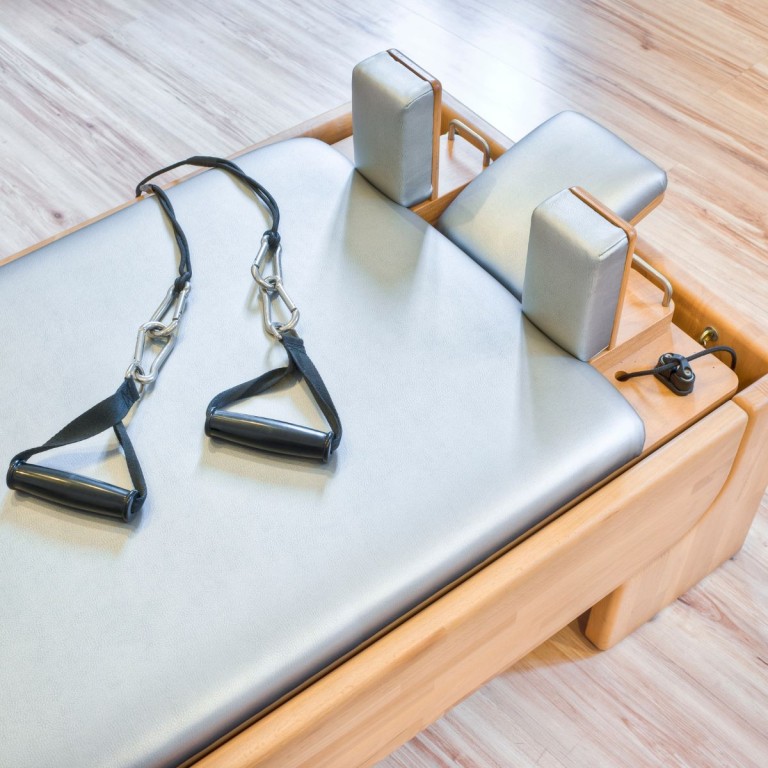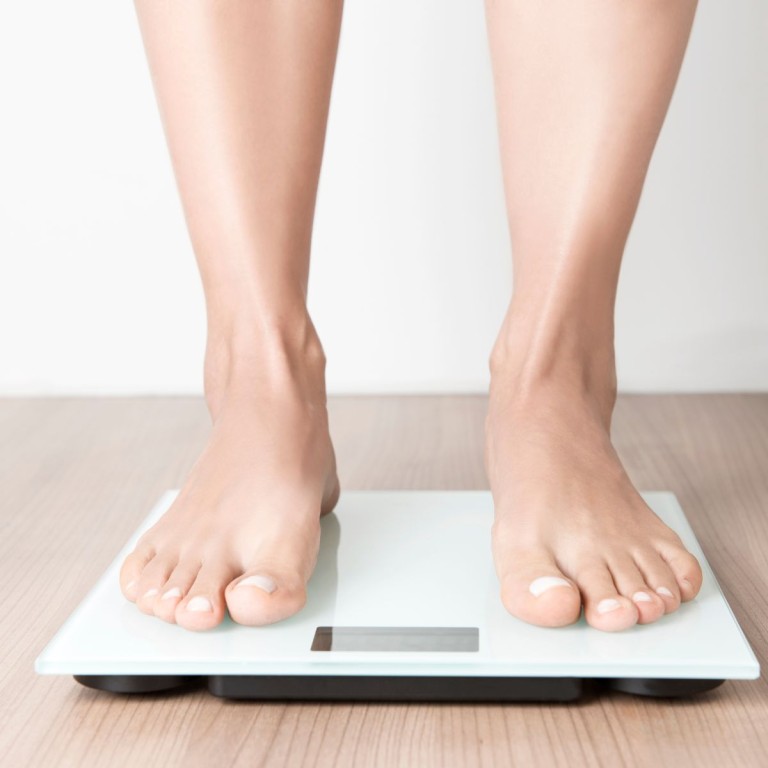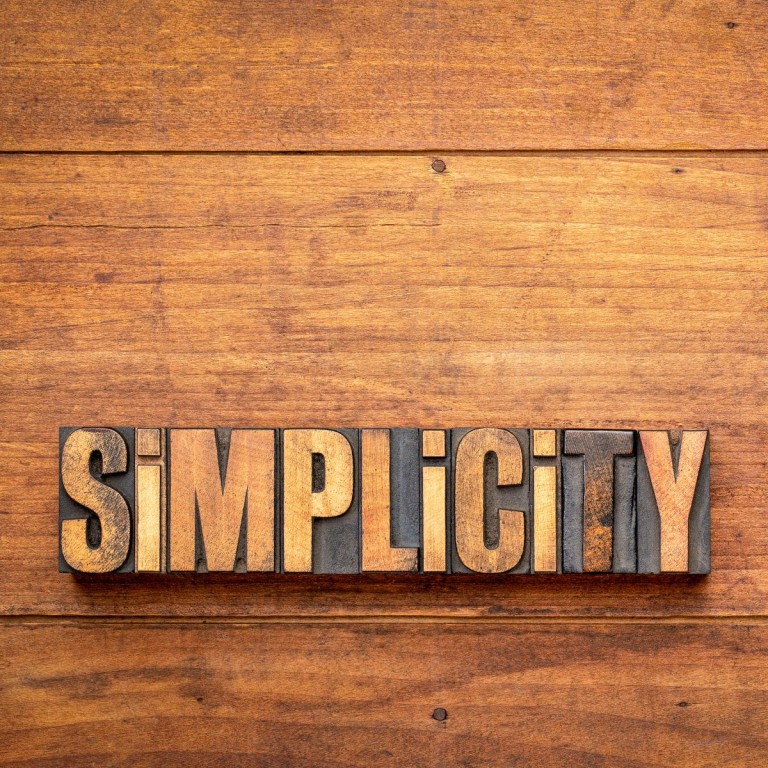Part 2: Phone Breakup
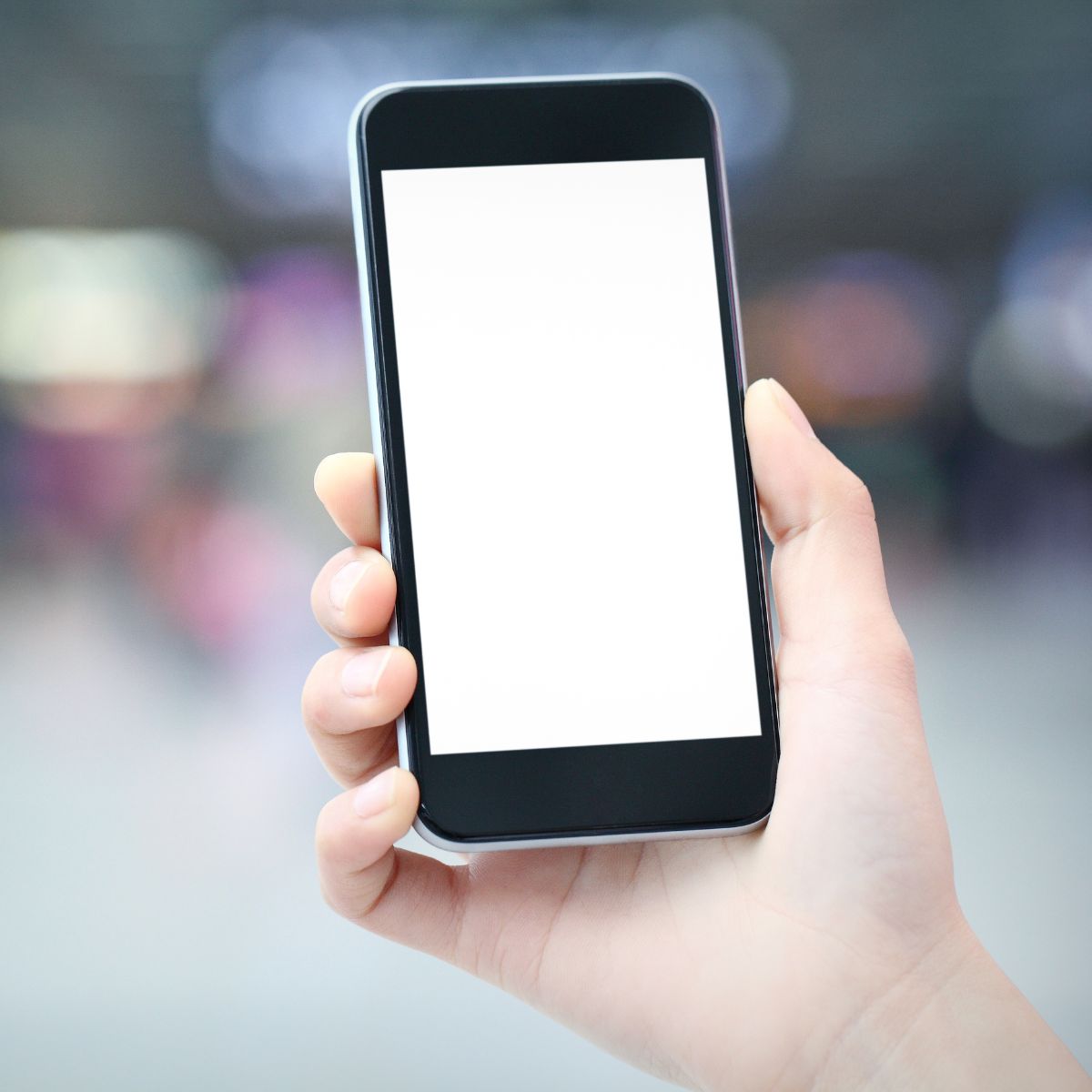
How We Can Move On.
Cell phone use, especially smartphone use, is on the rise, and the way we live our lives is a reflection of that. Statistics released by the Pew Research Center earlier this year, show that 77 percent of Americans own smartphones – up from 35 percent in 2011. We’re no longer tied to computers or desks to get information. It’s at our fingertips whenever and wherever we need it. In fact, the same report shows that “Today one-in-five American adults are ‘smartphone-only’ internet users – meaning they own a smartphone, but do not have traditional home broadband service.” While there are many good things about so many people being connected to information in this way, there are also many pitfalls. Mainly, as we become more connected to our phones, we run the risk of becoming less connected to each other and to the world around us.
As I told you in Part 1: Breaking Up With My Cellphone, I started seeing this in my own life. A completely unhealthy, dependent relationship with my phone had emerged, and something needed to change. I needed a breakup. Part 1 was about how I came to this realization and how I relied on How To Break Up With Your Phone (Affiliate Link) author Catherine Price and Good Morning America’s #phonebreakup Challenge to help lead me through the process. Now, I’m sharing what the seven-day breakup was like, how I’m moving on with a new relationship with my phone and how you can too.
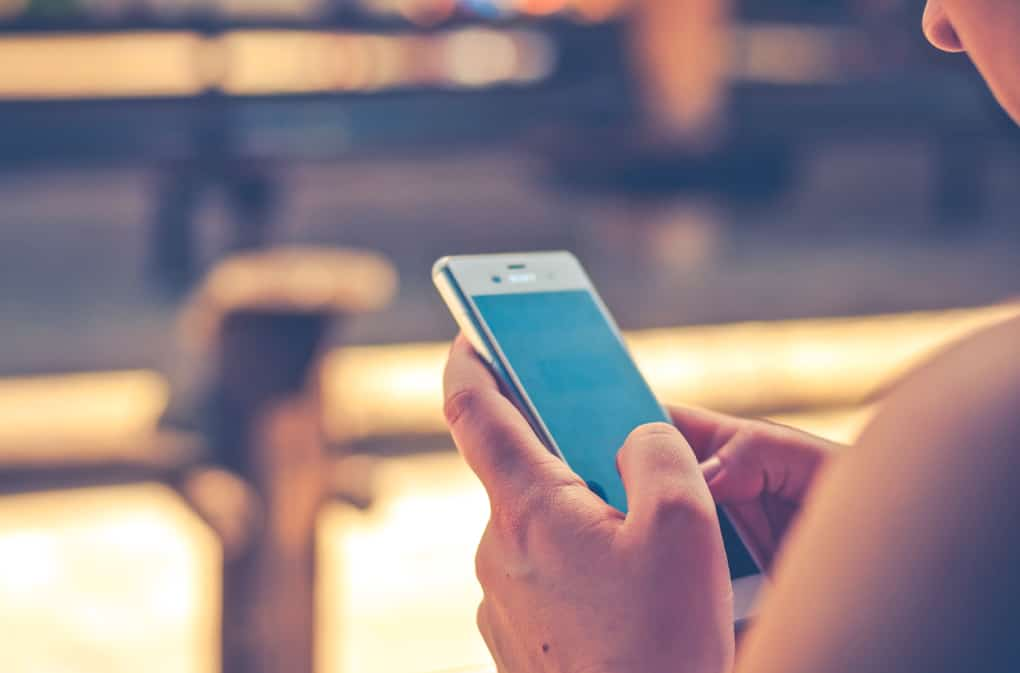
Day 1
This was the day for making changes to my physical environment. Since I already use a separate alarm clock, that wasn’t a big adjustment, but the fact that my phone always “slept” right by my alarm clock was not a good thing. If it vibrated while I was trying to fall asleep, I would check it immediately to see who needed something. Not a very conducive way to fall asleep peacefully.
My phone had to move outside the bedroom to its new, temporary charging station until I can find a more permanent spot for it. I have to say this was one of the most freeing parts of the breakup. I had no idea how strong the idea of being connected was even while I was asleep. I also turned the dining table into a no-phone zone. While I didn’t normally have it at the table while we ate, I would have it close by. Now, it’s not even allowed in the same room. That way, I don’t feel like I’m missing out on something while I’m eating because I’m not – everyone I need is right there with me, and I need to be able to fully enjoy being with them.
Key takeaway:
Unless you have a job where you’re truly “on call,” you shouldn’t feel like you are in your own home.
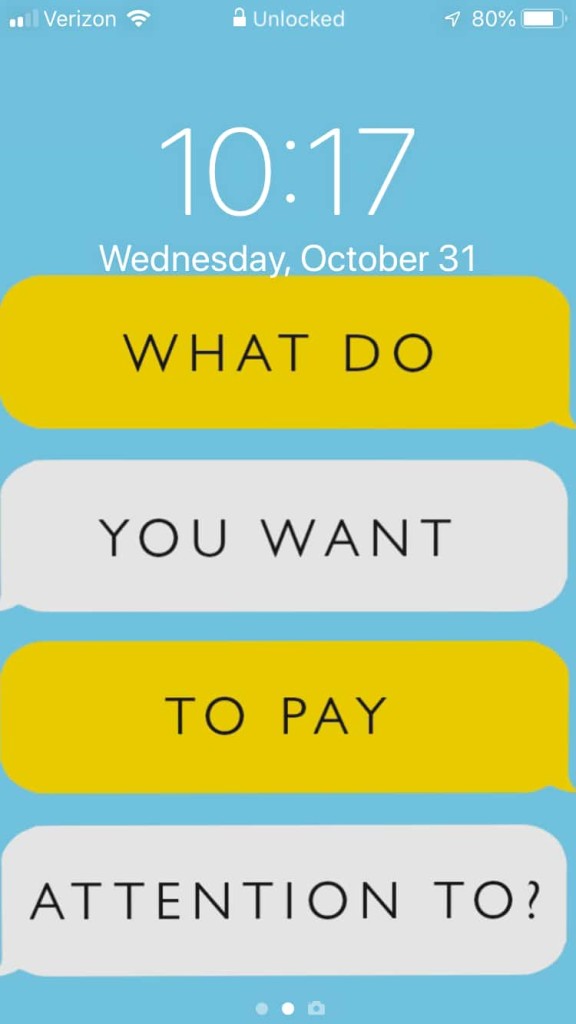
Day 2
“Your life is what you pay attention to.” That was the theme for this day of the challenge. It truly served to make me focus on what I’m paying attention to and whether that’s what I want to be doing. The assignment was to notice when and why I reach for my phone with the idea being that we’re not necessarily trying to stop ourselves from picking up or looking at our phones, but we should be sure that it’s a conscious choice that we’re making.
This was a successful shift for me because I realized that I was checking my phone often to make sure I hadn’t missed something. To help with this, my phone now lies face down next to my computer when I’m working so that I don’t get distracted every time a notification pops up on the screen. Since I have to rely on social media for work, those are some of the notifications I couldn’t turn off, but I can control when I look them. I now have set times built into my day to check any notifications, so that I’m not wasting time and attention by stopping what I’m doing and looking every time something pops up. I also changed my lock screen to one provided by Catherine Price as part of the challenge that says, “What do you want to pay attention to?” This reminds me every time I pick up the phone to stop and think.
Key takeaway:
We need to make sure that our phones, which are objects and tools, aren’t taking away from the things we really want to pay attention to.
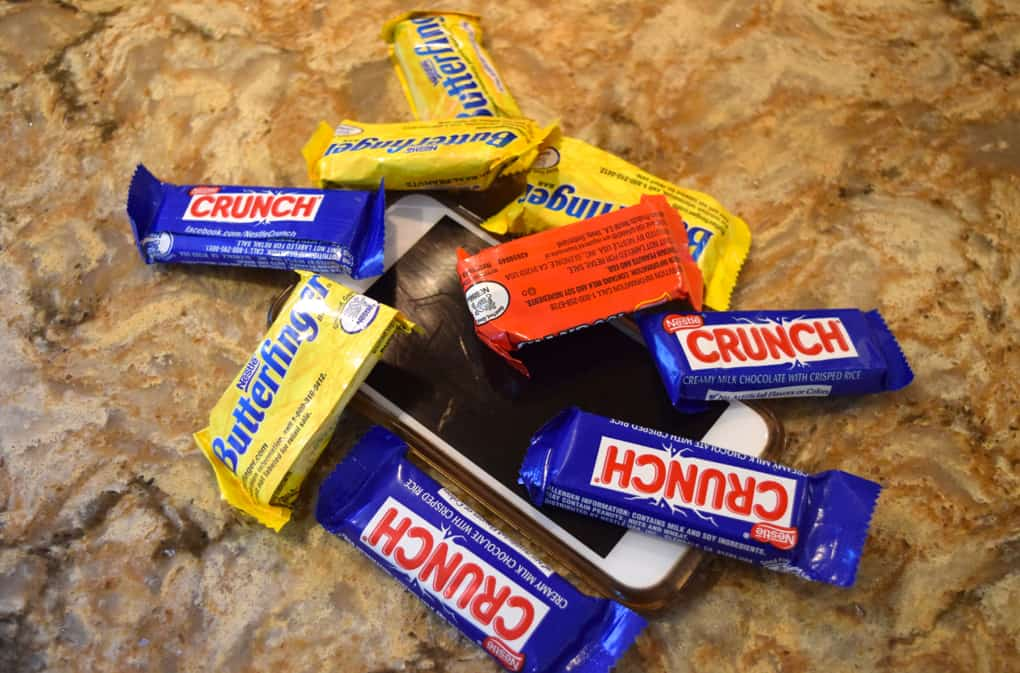
Day 3
Learning to recognize my cravings for my phone was a bit challenging. At first, I thought, “I don’t crave my phone. I sometimes crave chocolate, but not my phone, that’s silly.” But then I realized that I might more than I think. The fact that walking from one area to another without my phone was actually physically uncomfortable was one of my flashing neon light type of clues. As I was trying to recondition myself, I started noticing what it felt like when I didn’t immediately indulge these cravings. Guess what? They would last for :30 to a couple of minutes, and then they would simply go away if I didn’t act on them. Sure enough, after doing that for a couple of days, I didn’t even have to think about it because I wasn’t having the cravings anymore.
Key takeaway:
We can have cravings for our phones as easily as we can for tempting foods or anything else that we think we “have to have.” But just like with those things, cravings can be overcome. It may not be easy, but after a few times of not indulging them, we can see that in most cases, what we’re craving really isn’t a necessity, and after a while, we don’t crave it anymore.

Day 4
This day was about having what Catherine Price calls a #JOMOment (Joy of Missing Out) and deliberately leaving my phone behind while I did something nourishing, joyful or meaningful. Even if it was something as simple as cooking dinner or watching TV with my husband, I learned to leave my phone at its new charging station. This helped to remind to experience what I was doing as opposed to feeling like I was waiting for the next thing to happen.
Key takeaway:
Make sure that every day includes something that’s worth leaving our phone behind for.
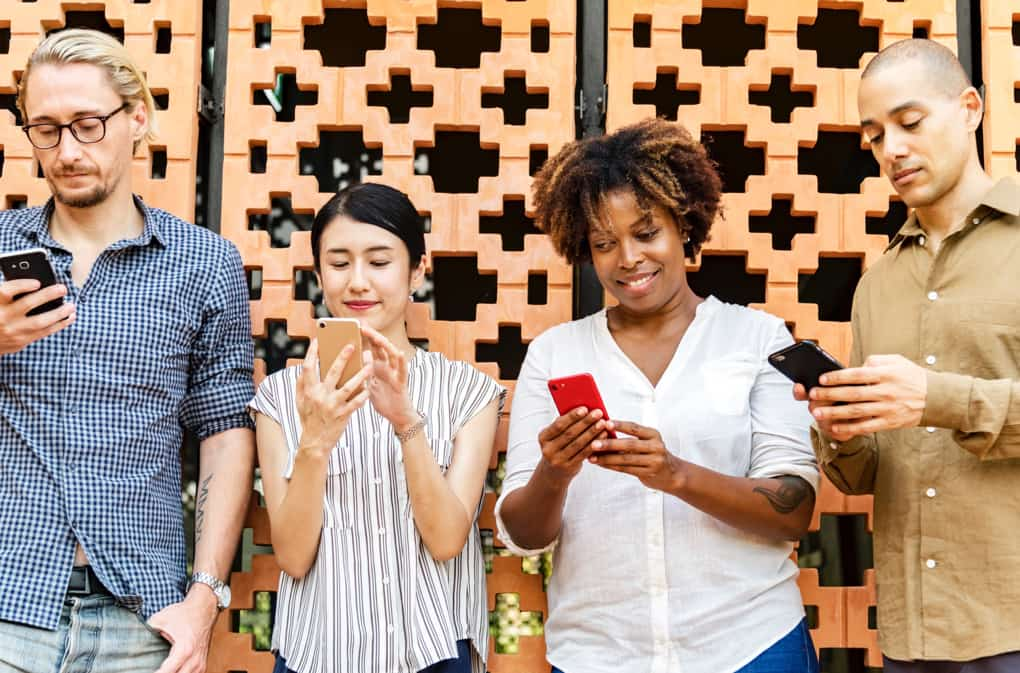
Day 5:
Remember when I said in Part 1 that I used to hate when people would pay attention to their phone at the same time they were talking to me and then I started doing the same? This is called phubbing – yes, that is actually a word in the dictionary, and we shouldn’t do it. It’s just plain impolite and is yet another indicator of the power our phones have over us.
During the challenge, I ran into a friend at the grocery store whom I hadn’t seen for a long time. As we were talking, my phone was vibrating incessantly in my purse. I really wanted to give this friend my undivided attention, so I completely ignored the phone. As it turns out, it was my youngest son with what he thought was a pressing need, but my husband was with him and was perfectly willing and capable of making the decision that needed to be made. I didn’t truly need to be looped in at all, everyone survived, and I got to show my friend how interested I was in what’s going on with her.
Key takeaway:
Don’t Phub. Plain and simple. It’s rude. Just don’t do it.
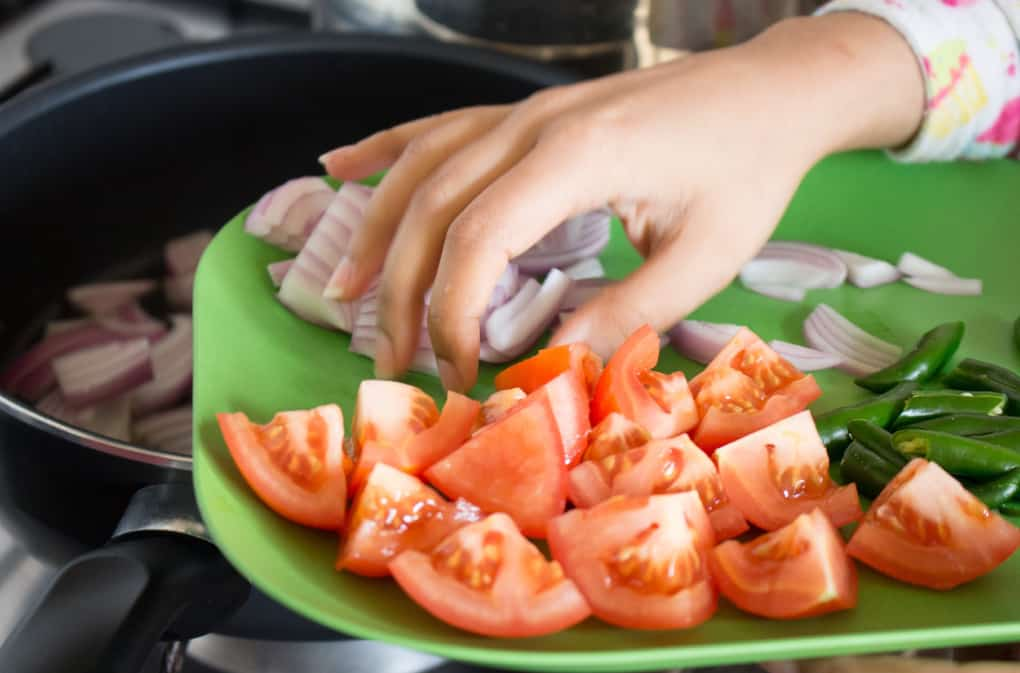
Day 6
This day was all about doing one thing at a time. The challenge was to see what it feels like to do this. I have to admit, this is a hard one. I’ve long since recognized that I am not the queen of multi-tasking that I once thought I was, but it is still hard for me to talk on the phone and not think, “Hey, my hands are free (phone supported by right shoulder), I should be doing something else.” As a result of the challenge, I am definitely making much more of an effort to not do this and to be truly present with whatever one thing I am doing. It’s not easy sometimes, but it is doable and it’s a much saner way to approach life.
Key takeaway:
We really can’t multi-task when it comes to things that we need to give any thought to. If we’re talking on the phone, that’s where our attention needs to be. If we’re spending time with our spouse or kids, we definitely don’t need to be checking our phone. We can’t get those moments back.

Day 7
For this last day of the challenge, Catherine reminds that “The point of breaking up with your phone is to help you get back in touch with your priorities in life—and to create a relationship with your phone that feels healthy, purposeful and fun.” To help with that, she encourages us to write down some thoughts about the experience, what our old habits were and what we want to change. She makes this very easy by providing a questionnaire with prompts, and then the answers are sent back so that you can refer to them from time to time. This step was very helpful because it made me truly think about what my relationship with my phone had been and what I want it to be like now.
Key takeaway:
Breaking up with our phones is just like any habit. It’s helpful to write goals down to really get them to stick.
Now that the challenge is over, I can honestly say that I have a new relationship with my phone. While I certainly appreciate everything it does for me, I fully recognize that it is a tool and nothing more. Its new role is to help me when needed, but I am not at its beck and call. Like any good relationship, I’m sure this will require tweaking every now and then, but that’s okay and very healthy.

